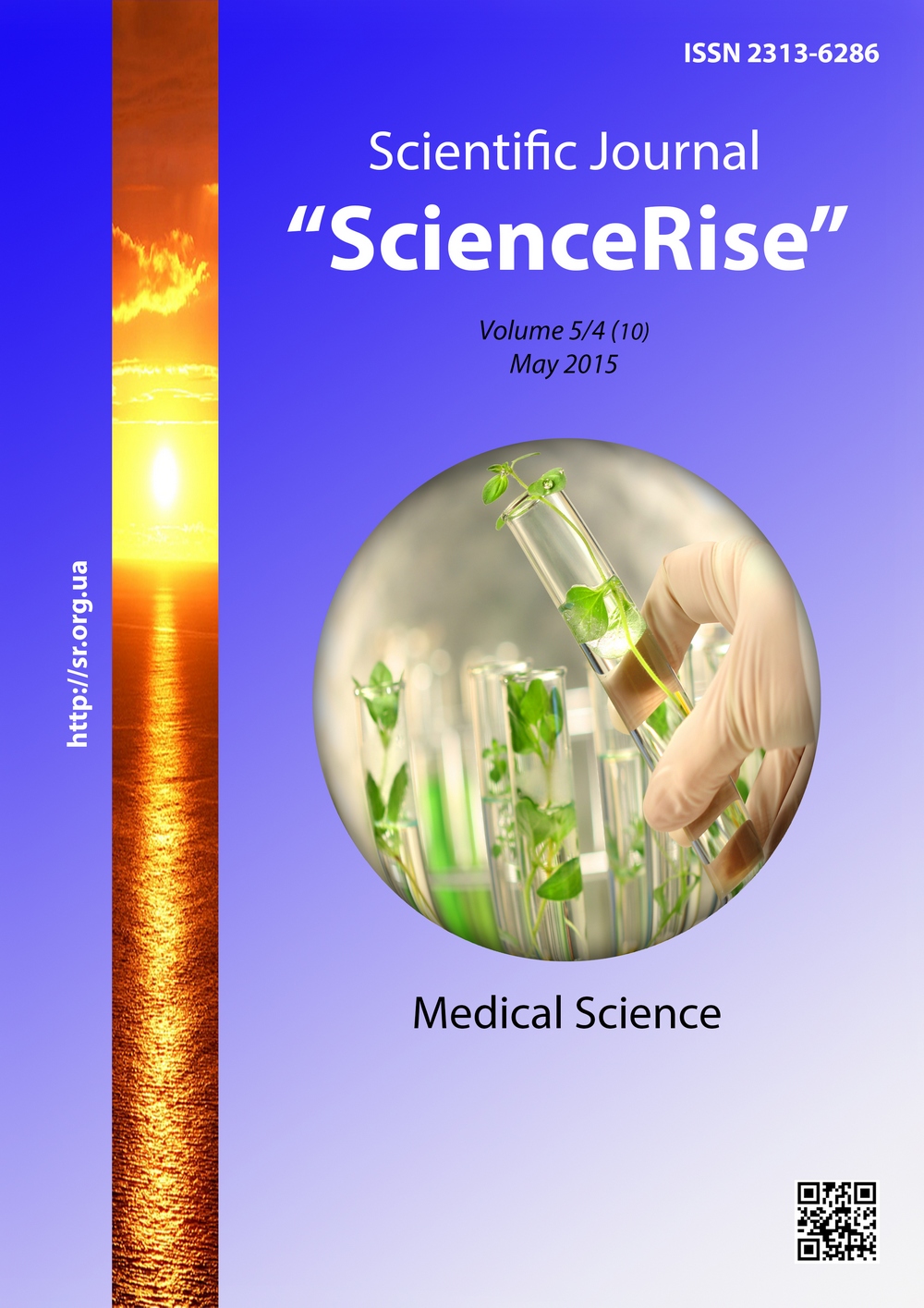Влияние нейрометаболической терапии на качество жизни пациентов с последствиями легких черепно-мозговых травм
DOI:
https://doi.org/10.15587/2313-8416.2015.42970Słowa kluczowe:
последствия легкой черепно-мозговой травмы, качество жизни, метаболическая терапияAbstrakt
Проведение нейрометаболической терапиии пациентам с последствиями легкой черепно-мозговой травмы является более эффективной в сравнении с применением базисной симптоматической терапии, в связи с ее влиянием на процессы метаболизма головного мозга, снижения его восприимчивости к хронической гипоксии, которая развивается на фоне вегетативной дистонии, вследствие полученной травмы, а также влияние данных препаратов на нейротрансмитерные системы. Применение нейрометаболической терапиии пациентам с последствиями черепно-мозговых травм приводит к улучшению их качества жизни
Bibliografia
Konovalova, A. N., Likhterman, L. B., Potapov, A. A. (2002). Clinical guidelines for traumatic brain injury. Moscow: Antidoron, 631–638.
Belova, A. N., Shepetova, O. N. (2002). Clinical guidelines for physicians and researchers. Scale tests and questionnaires in medical rehabilitation. Moscow: Antidoron, 71–92.
Brattons, A., Bullock, R. et. al. (2007). Guidelines for the managerment and prognosis of Severe Head Injury. (3d edition) Brain Trauma Foundation, USA. Neurotrauma, 24, 1–100.
Karakulova, U. Y., Selyanina, N. V., Eroshina, O. A. (2011). Quality of life in patients with acute traumatic brain injury under the influence of neurotrophic therapy. Bulletin Siberia meditsiny, 2, 55–78.
Likhterman, L. B. (2009). The clinical benefit for neurosurgeons, neurologists, trauma. Neurology traumatic brain injury. Moscow, 386–392.
Novik, A. A., Ionova, T. I. (2002). Clinical guidelines for the study of the quality of life in medicine. Moscow: Olma-Press Star peaceful, 320–335.
Novik, A. A., Ionova, I. A. (2006). Quality of life research in clinical medicine. Vestn. NMHTS, 1, 91–99.
Karakulova, U. Y., Selyanina, N. V., Eroshina, O. A. (2011). Quality of life in patients with acute traumatic brain injury under the influence of neurotrophic therapy. Bulletin Siberia meditsiny, 2, 55–78.
Andreeva, O. N. (2012). The level and quality of life: the content of the concepts and their components. Ojkumena. Regional studies research, 4, 68–77.
Truelle, J.-L., Koskinen, S., Hawthorne, G., Sarajuuri, J., Formisano, R., Von Wild, K. et. al. The Qolibri Task Force. (2010). Quality of life after traumatic brain injury: The clinical use of the QOLIBRI, a novel disease-specific instrument. Brain Injury, 24 (11), 1272–1291. doi: 10.3109/02699052.2010.506865
Von Steinbüchel, N., Wilson, L., Gibbons, H., Hawthorne, G., Höfer, S., Schmidt, S. et. al. (2010). Quality of Life after Brain Injury (QOLIBRI): Scale Development and Metric Properties. Journal of Neurotrauma, 27 (7), 1167–1185. doi: 10.1089/neu.2009.1076
Nichol, A. D., Higgins, A. M., Gabbe, B. J., Murray, L. J., Cooper, D. J., Cameron, P. A. (2011). Measuring functional and quality of life outcomes following major head injury: Common scales and checklists. Injury, 42 (3), 281–287. doi: 10.1016/j.injury.2010.11.047
##submission.downloads##
Opublikowane
Numer
Dział
Licencja
Copyright (c) 2015 Юлия Валентиновна Якубенко

Utwór dostępny jest na licencji Creative Commons Uznanie autorstwa 4.0 Międzynarodowe.
Our journal abides by the Creative Commons CC BY copyright rights and permissions for open access journals.
Authors, who are published in this journal, agree to the following conditions:
1. The authors reserve the right to authorship of the work and pass the first publication right of this work to the journal under the terms of a Creative Commons CC BY, which allows others to freely distribute the published research with the obligatory reference to the authors of the original work and the first publication of the work in this journal.
2. The authors have the right to conclude separate supplement agreements that relate to non-exclusive work distribution in the form in which it has been published by the journal (for example, to upload the work to the online storage of the journal or publish it as part of a monograph), provided that the reference to the first publication of the work in this journal is included.

